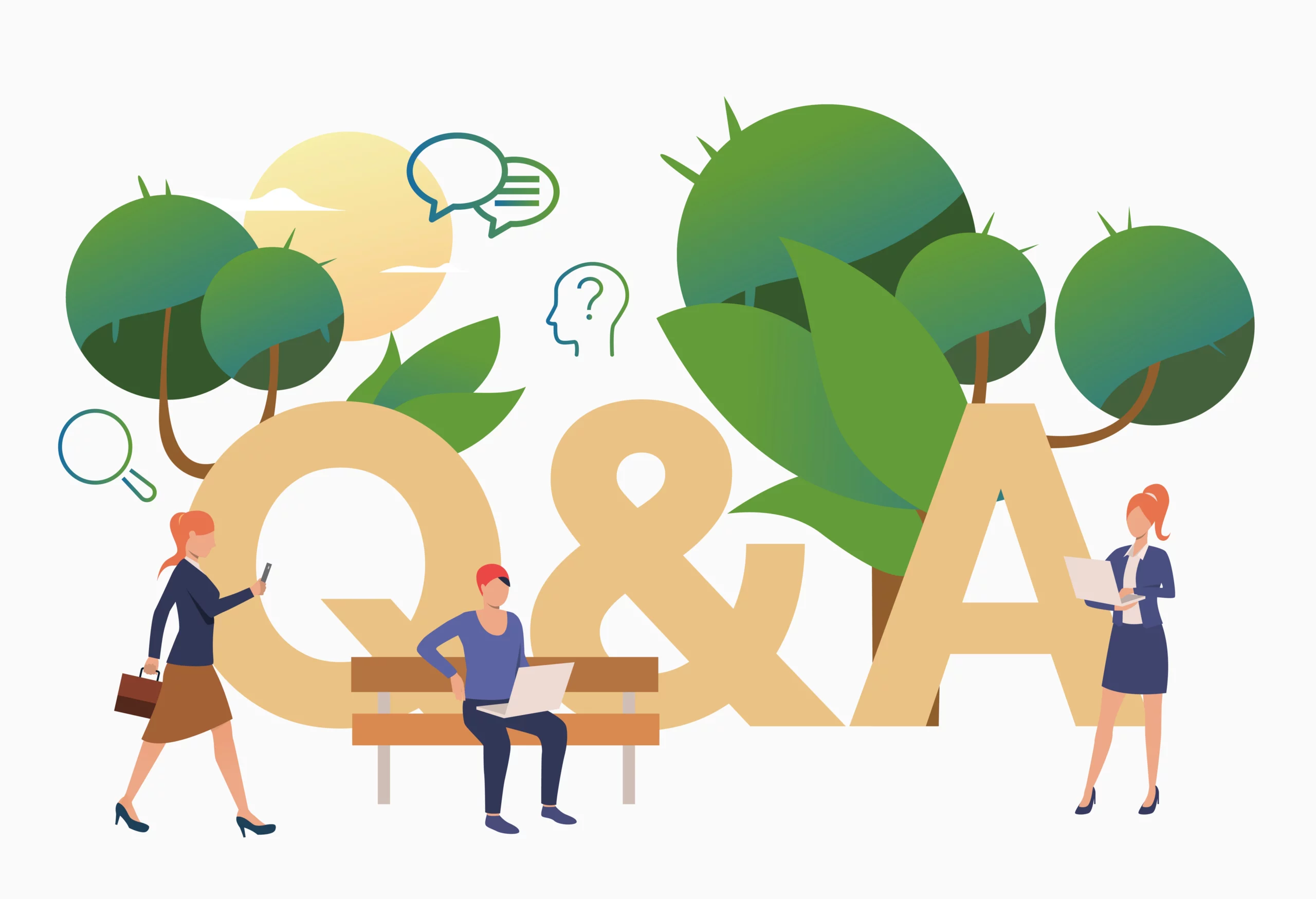Q: What is the primary function of plant leaves?
A: The primary function of plant leaves is to perform photosynthesis, where they convert sunlight, carbon dioxide, and water into glucose and oxygen. Additionally, leaves also facilitate gas exchange and transpiration.
Q: How do plant roots contribute to the overall health of a plant?
A: Plant roots anchor the plant in the soil, absorb water and essential minerals, and store carbohydrates. They play a crucial role in nutrient uptake, stability, and overall plant health.
Q: What are some examples of plant adaptations to different environments?
A: Examples of plant adaptations include cacti’s water-storage abilities in arid deserts, aquatic plants’ buoyant leaves for life in water, and thick waxy cuticles on leaves to reduce water loss in dry climates.
Q: How do plant hormones, like auxins and gibberellins, influence growth and development?
A: Auxins promote cell elongation and are responsible for phototropism and gravitropism. Gibberellins stimulate stem elongation and fruit growth, influencing overall plant growth and development.
Q: What is the role of transpiration in a plant’s life cycle?
A: Transpiration is crucial for maintaining a continuous flow of water and minerals from the roots to the upper parts of the plant. It also aids in cooling the plant and facilitating nutrient transport.
Q: How does the presence of thorns or spines on some plants serve as a defense mechanism?
A: Thorns and spines deter herbivores from consuming plant tissues. These structures can cause physical harm or make it difficult for animals to feed on the plant, acting as a protective adaptation.
Q: Why is the study of plant structure and function important in agriculture?
A: Understanding plant structure and function is vital in agriculture to optimize crop growth, improve yields, and develop strategies for pest control, irrigation, and nutrient management.
Q: How does the hormone ethylene play a role in the ripening of fruits?
A: Ethylene is a plant hormone that promotes fruit ripening. It triggers various physiological and biochemical changes in the fruit, leading to softening, color changes, and the production of flavor and aroma compounds.
Q: What is the purpose of the cuticle on the surface of plant leaves?
A: The cuticle is a waxy layer that covers the epidermis of leaves. Its primary purpose is to reduce water loss by preventing excessive transpiration and protecting the leaf from pathogens and environmental stresses.
Q: How do plants adapt to low-light environments, such as the forest floor?
A: Plants in low-light environments often have larger leaves with more chlorophyll to capture available light. They may also exhibit positive phototropism, bending toward light sources.
Q: What are some examples of mutualistic relationships between plants and other organisms?
A: Examples include mycorrhizal fungi aiding in nutrient uptake, nitrogen-fixing bacteria providing plants with nitrogen, and pollinators helping plants reproduce by transferring pollen.
Q: How does the structure of xylem and phloem enable the transport of substances in plants?
A: Xylem consists of elongated cells with lignin-reinforced cell walls, allowing for one-way transport of water and minerals from roots to shoots. Phloem contains sieve tubes for bidirectional transport of sugars and other organic compounds.
Q: What environmental factors can trigger plant tropisms, and how do they respond?
A: Environmental factors like light, gravity, and touch can trigger plant tropisms. For example, light stimulates phototropism, gravity influences gravitropism, and touch induces thigmotropism, resulting in directional growth responses.
Q: How do plants defend against herbivores through chemical means?
A: Plants produce secondary metabolites like alkaloids, tannins, and essential oils, which can be toxic or unpalatable to herbivores, deterring them from feeding on the plant.
Q: In what ways can knowledge of plant structure and function contribute to conservation efforts?
A: Understanding the unique adaptations and ecological roles of plants helps in preserving biodiversity, identifying endangered species, and restoring ecosystems by selecting appropriate native plants for restoration projects.
Q: What role do cytokinins play in plant growth and development?
A: Cytokinins are plant hormones that regulate cell division, promote lateral bud growth, delay senescence (aging), and contribute to overall plant growth and development.





Leave a Reply
You must be logged in to post a comment.